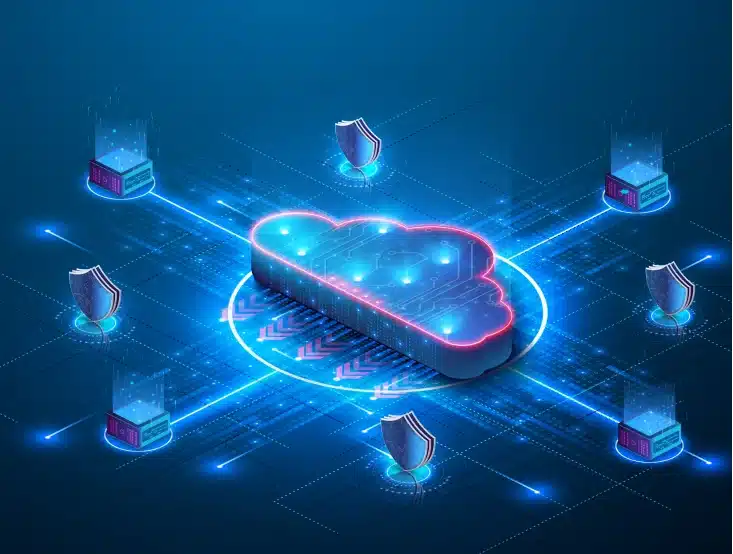I
- Identity and Access Management (IAM)
- Incident Response
- Industrial IoT (IIoT)
- Industry 4.0
- Infrastructure as Code (IaC)
- Infrastructure Security
- Innovation Product Design
- Innovation Product Development
- Insider Threat Detection
- Integration Testing
- Intelligent Automation
- Intelligent Process Automation
- Interactive Application Security Testing (IAST)
- Internet of Things (IoT)
- Internet of Things Platform
- Internet of Things Strategy
- Intrusion Detection System (IDS)
- IT/OT Convergence
Software Defined Networking (SDN)
Simple Definition for Beginners:
Software Defined Networking (SDN) is a technology that allows for centralized management and control of network infrastructure using software-based controllers.
Common Use Example:
In SDN, network administrators can use a central controller to dynamically configure and manage network resources, such as switches and routers, based on application needs.
Technical Definition for Professionals:
Software Defined Networking (SDN) is an architecture that separates the control plane from the data plane in networking devices. Key components of SDN include:
- Controller: A central software-based controller that manages and configures network devices.
- Separation of Control and Data: The control plane, responsible for network management decisions, is decoupled from the data plane, which handles data forwarding.
- Programmability: SDN enables programmable network configurations and policies, allowing for automation and agility.
- Open APIs: SDN provides open APIs that allow third-party applications and services to interact with the network infrastructure.
- Virtualization: SDN can virtualize network resources, making it easier to scale and manage large networks.


